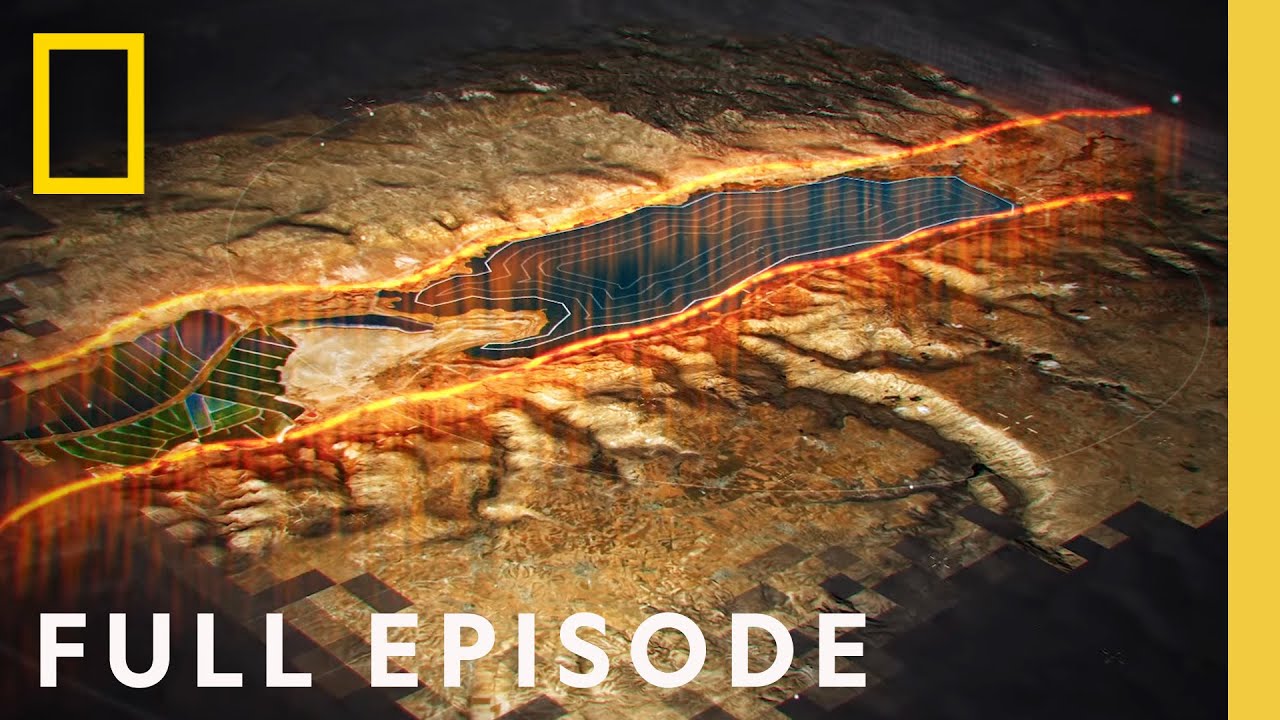– The scientific and technological methodologies applied in “Buried Secrets of the Bible with Albert Lin: Sodom & Gomorrah” by National Geographic.
– Environmental and zoological implications of historical events depicted in the episode.
– The role of modern digital imaging and remote sensing techniques in uncovering past ecosystems.
– Wildlife conservation lessons drawn from historical habitat destruction and recovery.
– Integrating traditional narratives with contemporary scientific findings for holistic environmental education.
Exploring the “Buried Secrets of the Bible with Albert Lin: Sodom & Gomorrah” by National Geographic offers a fascinating conjunction of historical storytelling and cutting-edge science. This examination bridges ancient texts and modern archeological techniques, vividly showing how technological advancements have revolutionized our understanding of past events and landscapes. The episode’s detailed approach to uncovering the truth behind the biblical cities of Sodom and Gomorrah leverages a combination of scientific disciplines, from geology to environmental science, employing state-of-the-art tools to shed light on centuries-old mysteries.
The narrative woven in this National Geographic episode provides a platform for discussing the environmental and zoological aspects of the regions explored. By analyzing the ecological footprint of historical events, such as the destruction of Sodom and Gomorrah, insights into past ecosystems can be gained. This enriches our understanding of how ancient communities interacted with their environment and offers valuable lessons in wildlife conservation. Examining flora and fauna through the lens of historical narratives reveals how ecosystems can undergo significant transformations over time, often due to human activity.
Modern digital imaging and remote sensing techniques are central to the revelations about Sodom and Gomorrah. These technologies have proven instrumental in uncovering not just the physical structures buried beneath the earth but also in reconstructing the environmental conditions of the past. Remote sensing, in particular, has opened up new avenues for identifying lost habitats and understanding their biological diversity. By integrating satellite imagery and ground-penetrating radar data, researchers can infer the vegetation and animal life types that once thrived in these ancient locales. This methodological approach underscores the potential of technology to bridge the gap between historical documentation and empirical scientific evidence.
Reflecting on the destruction of habitats as narrated in the biblical account and the subsequent recovery provides a compelling context for discussing wildlife conservation. In a broad sense, the story of Sodom and Gomorrah mirrors the challenges modern ecosystems face due to natural disasters or human interference. The resilience of nature, evidenced by the recovery of regions historically subjected to large-scale devastations, offers hope and underscores the importance of conservation efforts. By drawing parallels between the past and present, the episode encourages viewers to consider the long-term ecological impacts of their actions and the necessity of preserving biodiversity.
Furthermore, “Buried Secrets of the Bible with Albert Lin: Sodom & Gomorrah” exemplifies how incorporating traditional narratives into environmental education can foster a more engaged and informed audience. By situating scientific discoveries within the framework of well-known stories, complex subjects such as historical ecology become more accessible. This multidisciplinary approach fosters a deeper appreciation for the interconnectedness of human history and natural science and promotes a more nuanced understanding of our role in stewarding the environment.
In summary, National Geographic’s exploration of Sodom and Gomorrah, guided by Albert Lin, offers a rich tapestry of insights that span archaeological findings to environmental and wildlife conservation. The episode demonstrates the power of contemporary science to illuminate the past and its implications for present and future ecosystems. By integrating historical narratives and modern technology, a comprehensive understanding of our shared heritage and its impact on the natural world is achieved, fostering a greater responsibility toward preserving our planet’s biodiversity.
*****
Source Description
Albert Lin reveals the real events behind the epic biblical story of Sodom and Gomorrah.
Enjoy a free trial of National Geographic right here: https://ngmdomsubs.nationalgeographic.com/servlet/OrdersGateway?cds_mag_code=NG9&cds_page_id=
➡ Subscribe: http://bit.ly/NatGeoSubscribe
➡ Get more Nat Geo Full Episodes: https://youtube.com/playlist?list=PLivjPDlt6ApSiD2mk9Ngp-5dZ9CDDn72O
➡ Get more Nat Geo Wild Full Episodes: https://youtu.be/qAG2SkTPltw
And check out more National Geographic series and specials here:
➡ Disney Plus: https://on.natgeo.com/3q6on5p
➡ Hulu: https://on.natgeo.com/3Qor0Ko
➡ NGTV app: https://www.nationalgeographic.com/tv/
➡ ABC app: https://abc.com/
#FullEpisode #SodomAndGomorrah #NationalGeographic
Get More National Geographic:
Official Site: http://bit.ly/NatGeoOfficialSite
Facebook: http://bit.ly/FBNatGeo
Twitter: http://bit.ly/NatGeoTwitter
Instagram: http://bit.ly/NatGeoInsta
TikTok: http://www.tiktok.com/@natgeo
Tenor: http://on.natgeo.com/31b3Koc
About National Geographic:
National Geographic is the world’s premium science, exploration, and adventure destination. Through their world-class scientists, photographers, journalists, and filmmakers, Nat Geo gets you closer to the stories that matter and past the edge of what’s possible.
Buried Secrets of the Bible with Albert Lin: Sodom & Gomorrah (Full Episode) | National Geographic
National Geographic
https://www.youtube.com/natgeo


